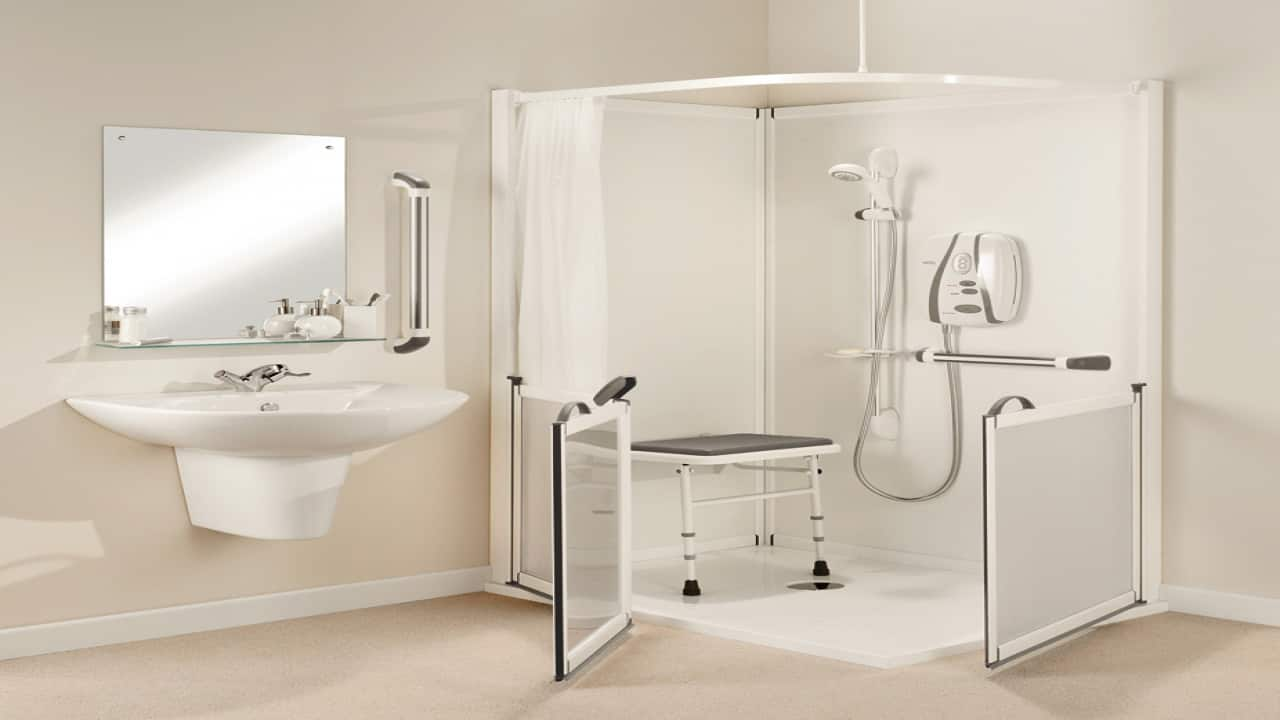The Art of Aging Well
We provide customized hourly and around-the-clock care to older adults so they can live happier, healthier lives at home.
Download by: Maria Licoudis, R.N. & Care Manager
by: Maria Licoudis, R.N. & Care Manager
Falls are the leading cause of injuries and death in the elderly due to poor balance, decreased muscle mass and bone strength. These factors increase the risk of fractures, especially in the hip. This is why modifications in the home are so important. Home modifications allow ageing seniors the ability to remain in their own home safely and comfortably, regardless of age or physical disabilities and limitations. It is always preferable for seniors to stay at home with modifications and with caregiver support systems. There are several areas to look at in the home that are crucial to prevent falls and injuries.

Bathrooms can be the most dangerous place in the house, and even more so for the elderly. There are strategies that can be put in place to reduce the risk. All bathmats should have low pile and must be secured and have a non-slip backing. Non-slip tiles, without shiny surfaces should be installed. Grab bars by the toilet and in the shower, are a must. Toilets should be at a comfortable height; a raised toilet seat can be installed if needed. A shower bench with a hand-held telephone shower head is helpful to make showering easier. Walk in tubs can also be installed. If there is only a bathtub in the bathroom, removing the bathtub and installing a curb less shower stall that can accommodate a shower bench or a wheelchair is very important. Ensuring that there is someone present, when help is needed, is crucial to ensure safety.
Doorways to the kitchen should be wheelchair and walker accessible. If the doorway is too narrow, it may be necessary to widen it. Knobs can be difficult to grasp with decreased dexterity, so they may need to be replaced with lever handles. Organizing drawers and cooktops to wheelchair dependent height can make a big difference. Store kitchen pots and pans in easy-to- reach, lower cupboards. Microwaves should also be at an accessible height. Always clean up any spills or water on the floor to prevent slipping. Favourite foods should be placed at a lower height in the fridge as well.
Living areas, including bedrooms, should be well organized and clutter-free. Secure any wires and remove papers, books, and magazines that may obstruct one’s ability to move around. Proper lighting should be added throughout the entire home and night lights should be installed. Hallways should be clear of any obstacles and handrails might also be a good idea. An emergency signaling/fall detection device helps to alert loved ones in the event of a fall. Portable phones allow the elderly to have access to the phone without having to displace themselves. Baskets added to a walker will allow them to carry their important items with them at all times. If needed, a hospital bed can be easier to get in and out of and can be more comfortable.
Adequate lighting along the staircase is a must. Hand rails should be installed on both sides. It may also be necessary to install an electric chair lift if mobility is very poor.
Seniors should be assessed for mobility, and have the necessary aids (such as a walker or cane) to use and to prevent falls. A wheelchair, if needed, is also important to keep in the house so that it can be used for longer outings or if the person is tired. There are multiple wheelchair options (outdoor, indoor and portable, etc.). Seniors should be encouraged to wear their glasses and hearing aids to allow them full access to the sights and sounds of their environment. Proper shoes with rubber soles that fit well and hold the foot are essential. It also gives them confidence to mobilize. Pull-up briefs for incontinence can prevent the need to rush to the bathroom. If the senior has any blood pressure problems, they should always make sure to sit on the edge of the bed or in the chair before getting up or moving quickly. Medications should be prepared in blister packs by the pharmacist to allow safe administration.
Falls are very preventable. Making the right adaptations to the home, maintaining a healthy active lifestyle for the senior, and having some in-home care will make seniors daily life happier and safer, and it will allow them to stay at home longer.
Note: This article is for informative purposes only. Always check with a medical professional.